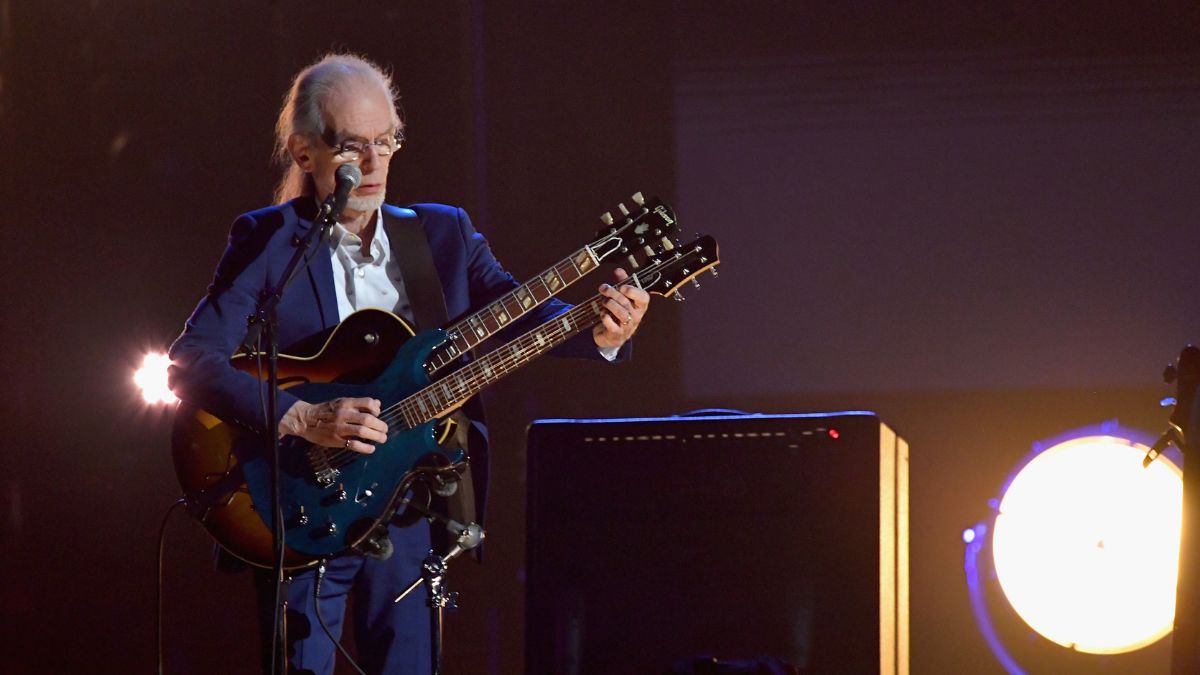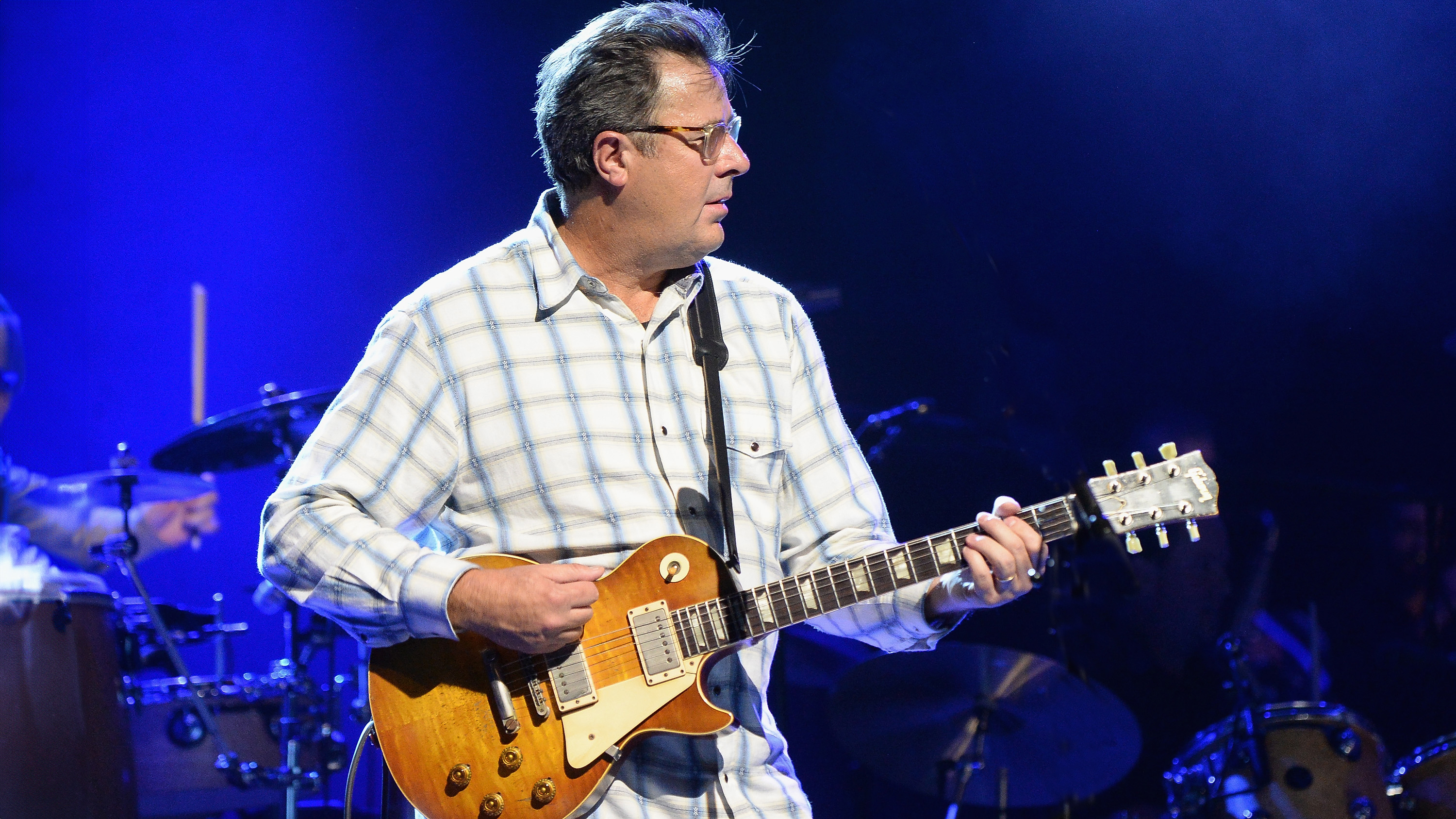“The notes are fairly meaningless on their own.” Steve Howe’s top tip for better improvisations takes the complexity out of the art form
The prog-rock hero says players “don’t need much information” if they follow these simple steps

The art of guitar improvisation can be intimidating. Many players assume that, to excel with off-the-cuff soloing, they’d need a deep knowledge of the fretboard and theory.
But prog-rock stalwart Steve Howe believes it needn’t be complicated. He says all a player needs is “a bit of the plot.”
Despite his ability to craft long-playing and “marvelously tricky” material, the Yes and Asia guitarist was self-taught. Discussing his formative playing days in a new interview with Uncut, he says it has helped define how he approaches the instrument and improvisation.
“My brain capacity when I was young was all about hearing, and not playing while you look at a piece of paper,” he says, referring to his informal method of learning. “It comes through my head, and I put my fingers on the frets, and if I can recognize the tonality, I’m in the zone.
“That’s why I like improvising so much, because you don’t need very much information to improvise. You just need a bit of the plot.”
Getting ahold of the plot— that is, the melodies and hooks that sit at a song's epicenter — is what makes Howe's many standout guitar solos so strong, whether they are pre-written or improvised.
Chatting to Guitar Player previously, he revealed that he spent extended periods “fumbling around” to develop an idea into a song. But he says it's his heart, rather than his head, that's driving things along.
All the latest guitar news, interviews, lessons, reviews, deals and more, direct to your inbox!
Ultimate, it's rhythm that makes it all come together for him.
“The important thing is that notes are fairly meaningless on their own,” Howe tells Uncut, “so the rhythm is important.

“Two of my sons are drummers — unfortunately, Virgil passed away [in 2017] — but it runs in the family. I could have been a drummer; it really interested me. I’m pretty fanatical about beats.”
However, despite his prog-rock credentials, Howe’s relationship with drums isn’t studious. It’s instinctive.
“I feel beats,” he says. “People talk about time signatures, but I can’t actually think about whether something is in 5/4 or not — I’ve got to feel what it’s like when the part’s in 5/4.”
It’s a process typified during the writing of Close to the Edge epic, “Siberian Khatru.”
“I was struggling to get my solo done on that,” he admitted to GP earlier this year. “So I said, 'Eddie [Offord, producer], turn off my guitar. I don't want to hear it, ‘cause my amp was out in the other room.
“So when we turned it off, I couldn’t hear it, and I made that solo out of thin air. It was quite a different perspective, because usually I'm feeding off the guitar I'm hearing, but instead I was feeding off the theme [of the song], and I was playing around it.”
Of course, this maverick method isn't always going to work, but it shows how the focus on the guitar part should actually be away from the acoustic or electric guitar altogether; it should be about weaving in and around the bigger picture.
In related news, Howe has spoken candidly about the most polarizing Yes album ever made and explained why he didn’t use to let his techs tune his guitars.
A freelance writer with a penchant for music that gets weird, Phil is a regular contributor to Prog, Guitar World, and Total Guitar magazines and is especially keen on shining a light on unknown artists. Outside of the journalism realm, you can find him writing angular riffs in progressive metal band, Prognosis, in which he slings an 8-string Strandberg Boden Original, churning that low string through a variety of tunings. He's also a published author and is currently penning his debut novel which chucks fantasy, mythology and humanity into a great big melting pot.

